South Australia holds on to some of its most historic sites
Find out what a former piggery operated by prisoners of war and the remains of Colonel William Light’s house have in common – and check the map for local legends.
SA News
Don't miss out on the headlines from SA News. Followed categories will be added to My News.
A former piggery operated by prisoners of war, a remnant of the whaling industry and the site of Colonel William Light’s first house are now firmly in the state’s history books.
They are among dozens of buildings and items that have been granted South Australia’s highest heritage protection, effectively safeguarding them from demolition or destruction.
The Advertiser has mapped, with the help of the Environment Department, the locations of 25 properties and valuable collections, which the SA Heritage Council has deemed worthy to be added to the State Heritage Register in the past three years.
The list covers the period since Adelaide broadcasting identity and “Mr South Australia” Keith Conlon was appointed to lead the council, which meets once a month to consider heritage nominations and provide heritage advice to the state government.
Mr Conlon said one of his favourite additions to the register was the former piggery that was built and operated by prisoners of war and detainees at the Loveday WWII internment camp in the Riverland.
“It really is a great story,” he said of the pigpens which were granted state heritage protection last December.
“The (prisoners) helped with what was a really depleted agricultural workforce and helped to feed people not only here but also the troops.
“(The camp) was largely hidden from view but we’re talking about 5000 prisoners and about 1500 personnel, so it was a really big township in its own right.”
He said the 1960s Holy Cross Catholic Church at Millswood, entered on the register in February, was an example of the state’s first “church in the round” in SA, where pews surrounded an altar.
“It was really a symbol of the revolution of the Roman Catholic church,” he said.
He was particularly excited about the prospect of what could be found at the site of Colonel William Light’s first house on the banks of the River Torrens, where now stands a brewery.
The property “Theberton” Hall (as it was then spelled), which Light built with his partner Maria Gant in 1839, was demolished in 1926 but the site has been granted heritage listing with expectation an archaeological dig could uncover evidence giving further insight into the life of the key figures of European settlement in SA.
————————————————————————
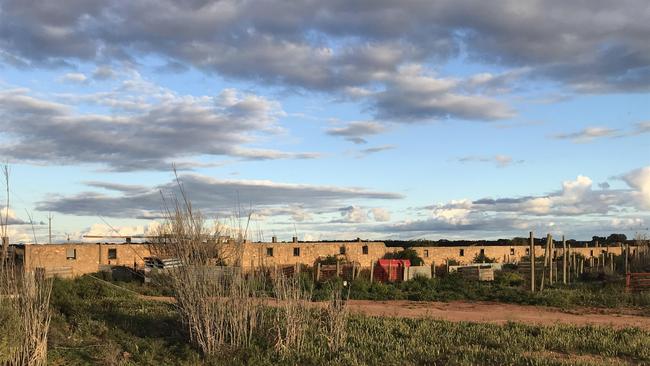
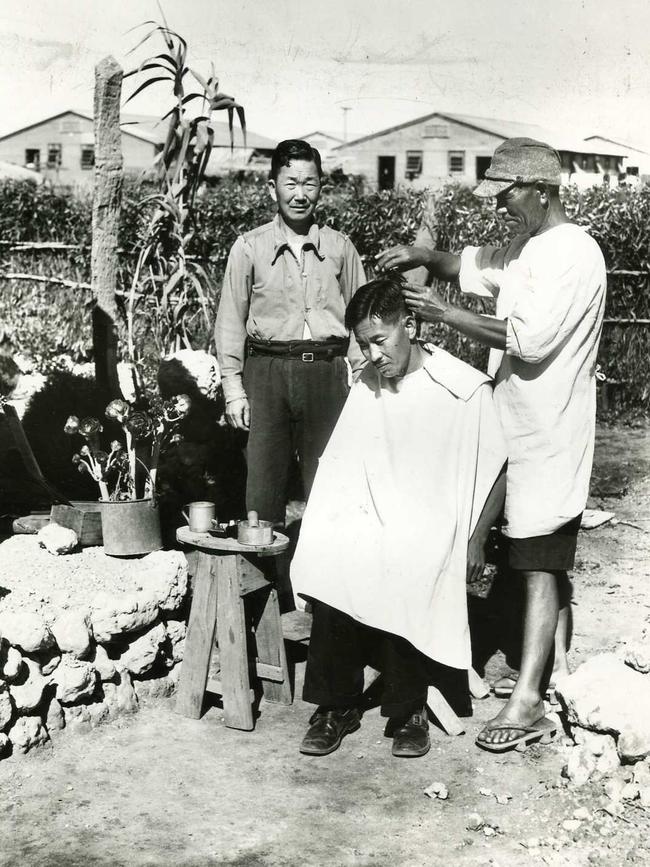
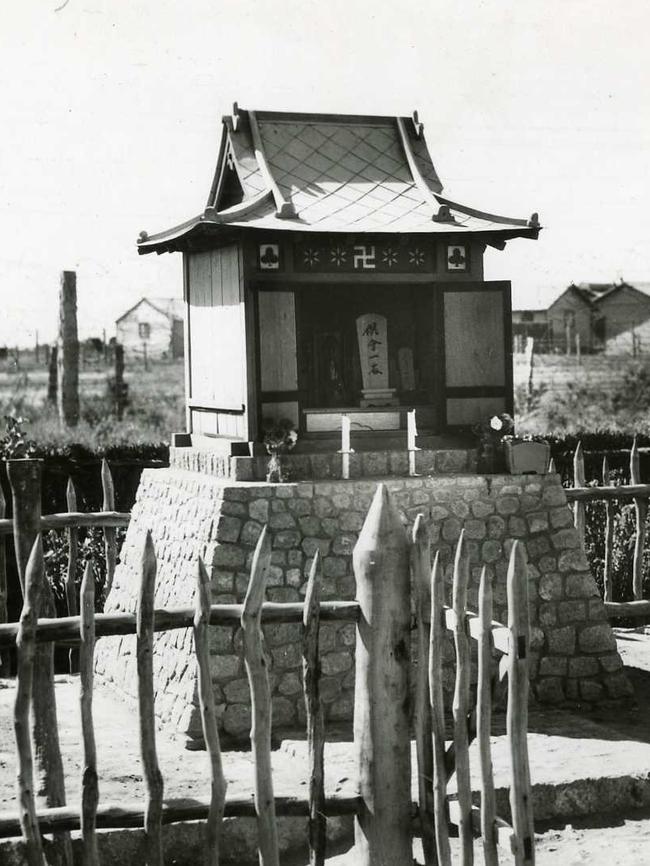
PIGGERY BREEDING PENS, LOVEDAY INTERMENT CAMP, Loveday
Costello Rd, Loveday
The Riverland township hosted South Australia’s only World War II internment camp, which housed prisoners of war and citizens of enemy countries. The camp was central to supplying food during the conflict and a major part of that was through breeding pigs. The piggery was initially built and operated by Japanese POWs who were later helped by Iranian-German POWs. The pens are the only remaining relic of the agricultural activities of the detainees.
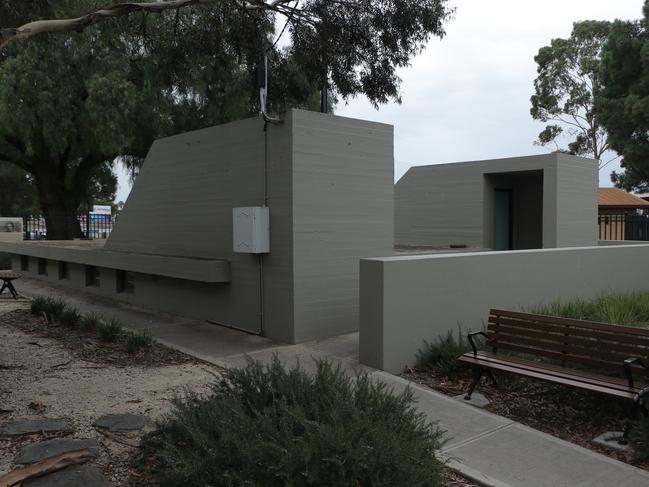
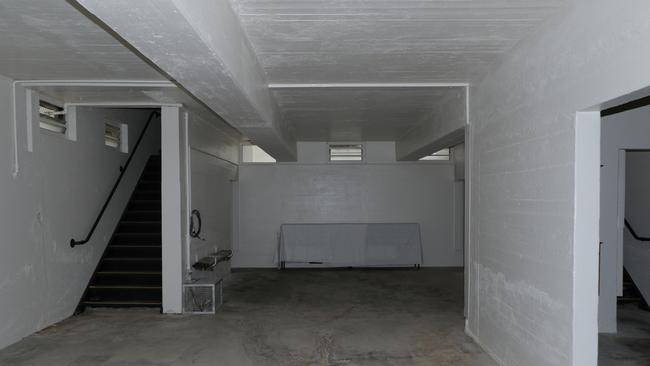
FORMER PROSPECT AIR RAID PRECAUTIONS SUB-CONTROL STATION (1942)
Wilcox Ave, Prospect
Confirmed in the State Heritage Register last December, the reinforced concrete building and bunker is a surviving relic of Adelaide’s efforts to protect citizens from a potential WWII Japanese air-raid. Adelaide was at the centre of defence manufacturing heightening the risk of air strikes. The building is presently empty. The shelter was part of a network of buildings in Adelaide. There are three others at Torrensville, Glenelg and Unley.
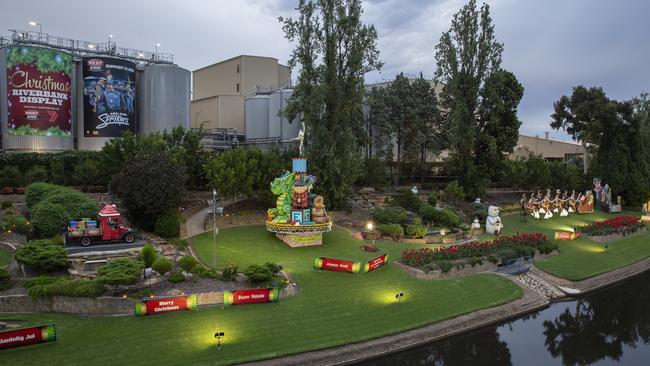
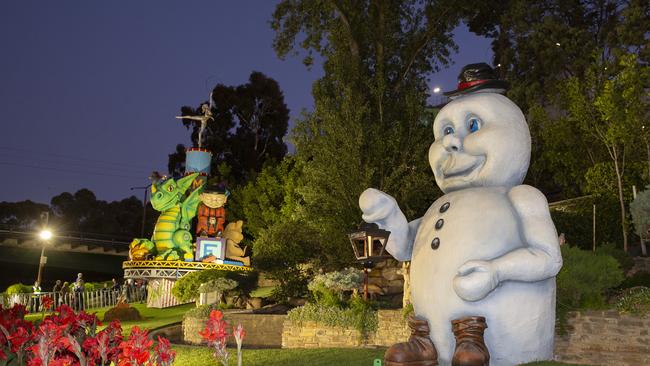
FORMER WEST END BREWERY GARDEN
The picturesque stretch of greenery on the banks of the River Torrens is best known for its colourful West End Brewery Christmas display. The garden was designed, built and maintained by previous SA Brewing Company staff and has, as the SA Heritage Register says, “grown from humble beginnings in 1959, to fill the riverbank … and demonstrate SABCo’s desire as a major business to give something back to the community …”.
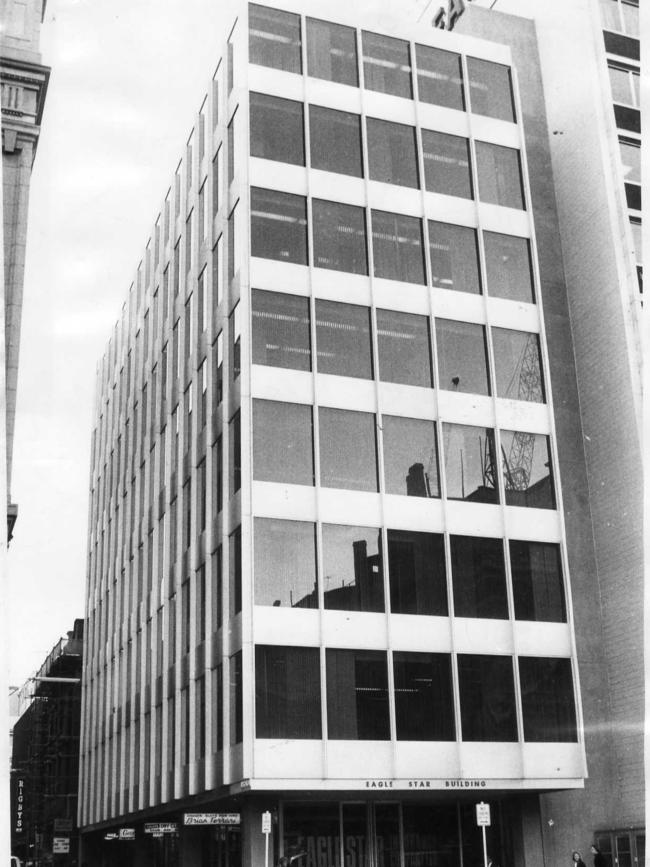
FERRARI HOUSE – Former Eagle Star Insurance Building (1968)
28-30 Grenfell St, Adelaide
The SA Heritage Council listed the building in 2019, recognising the former Eagle Star Insurance building as an “outstanding example of a post-war international-style building in South Australia”.
“The building pronounced the shift towards modernism in terms of both design and the use
of materials and construction techniques, and the built form and curtain wall retain a high degree of integrity,” the SA Heritage register entry says.
The building is named after its occupant menswear shop, not the glamorous motor vehicle marque.
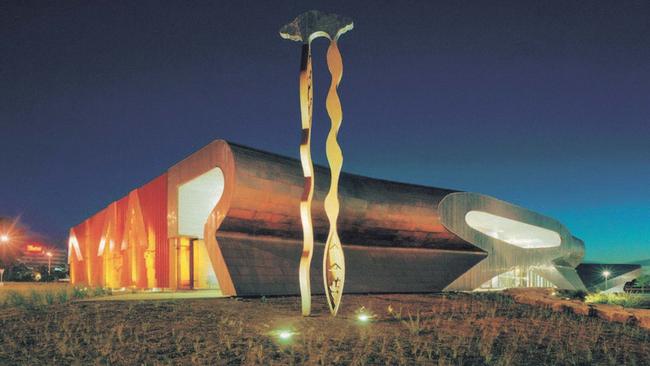
MARION CULTURAL CENTRE (2001)
287 Diagonal Road, Oaklands Park
The Marion Council-owned building, which is built to spell the name Marion, is the youngest building to received the state’s highest heritage protection but it did not happen without a fight. The council’s mayor Kris Hanna had described the listing as “absurd”. The listing was put forward by people who feared the building would be demolished for a hotel. The heritage council said the building was an “outstanding example” of postmodern architecture.
GREEN WATERHOLE TANK CAVE FOSSIL COMPLEX
Princes Highway, Tantanoola
The complex is part of the vast network of caves and underwater dive spots for which the state’s South-East is renowned.
The Green Waterhole contains the only known extensive underwater veterbrate fossil deposits in Australia, according to the SA Heritage Register.
“This unique freshwater depositional environment has ensured the preservation of extinct species not found anywhere else, with several additional species new to science recovered and awaiting description,” the register says.
PORT LINCOLN LOCOMOTIVE DEPOT AND WORKSHOPS (1920s)
The South Australia Railways depot was integral to the expansion of grain production on the Eyre Peninsula.
It operated until late 2019. It has been described as a rare example of railway infrastructure and maintenance facilities.
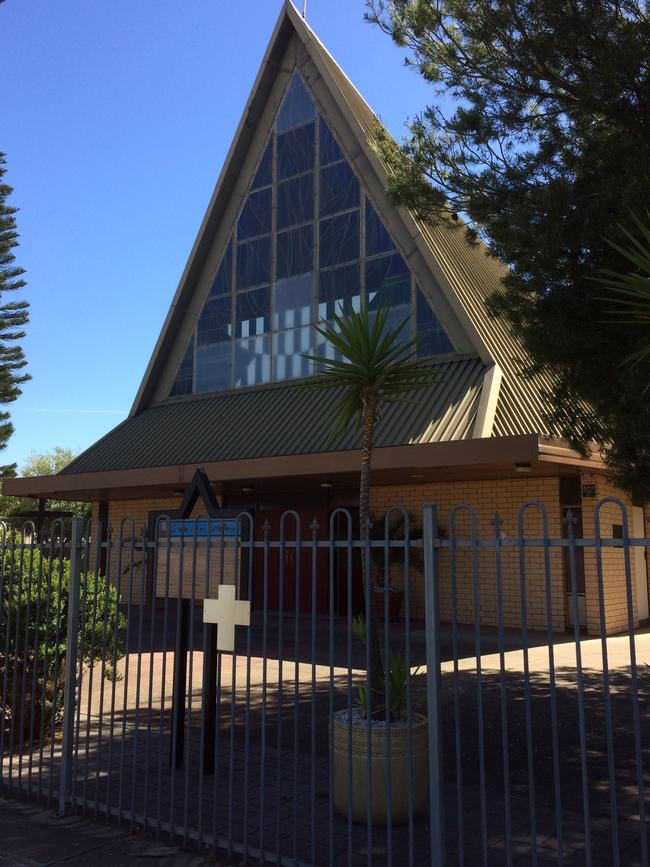
ST MAXIMILLIAN KOLBE CATHOLIC CHURCH, OTTOWAY (1985)
Anges Street, Ottoway
This modern church was named after Polish martyr St Maximillian Kolbe, who sacrificed his life 80 years ago for a stranger in the Auschwitz concentration camp during World War II.
Among its collection are facial hair from St Maximillian Kolbe’s beard, ashes from the crematorium at Auschwitz, a blood relic of St John Paul II and a piece of marble stone from the original tomb of St Peter the Apostle.
The church’s main stained-glass window above the front entrance is a memorial to Auschwitz – the largest German Nazi concentration camp in Poland where more than one million men, women and children lost their lives.
The SA Heritage Register says the building’s design and fabric “strongly references the life and sufferings of the saint as well as its (the building’s) importance to the Polish Catholic Community”.
MIDDLETON MILL OUTBUILDING AND STABLE (1855-60)
Mill Tce, Middleton
The mill was among those built in Goolwa and Victor Harbor to process wheat grown on the Fleurieu Peninsula. The Middleton Mill, the heritage council says, was built next to a public railway to access the overseas market and enable transport of flour to bakers further upstream on the River Murray.
“The survival of the stable and outbuildings at Middleton Mill, along with the original mill
cottage, contributes to the context of the mill as an industrial complex and amplifies
the significance of the mill itself,” the council said.
HOUGHTON UNION CHAPEL, HOUGHTON (1845)
21 Blackhill Rd, Houghton
The building which has largely remained unaltered is an early example of religious freedom and co-operation. The Weslyean Methodist, Congregational and Episcopalian churches built and shared the property as a place of worship until 1875. It was also used as a school until 1877. The council says it is one of such buildings, built before public education was standardised in 1875.
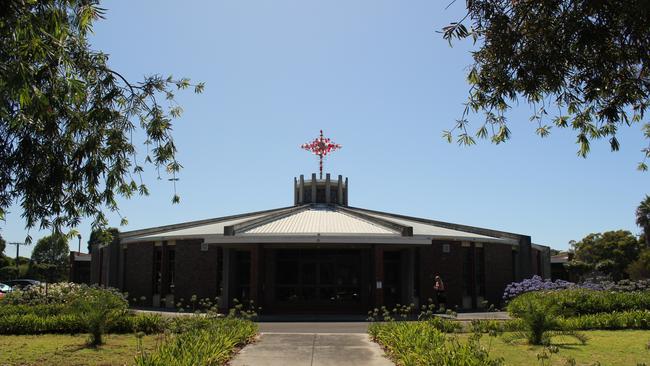
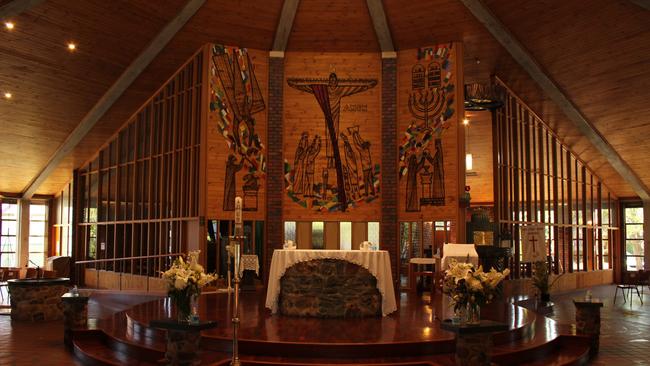
HOLY CROSS CATHOLIC CHURCH (1962-65)
159-165 Goodwood Rd, Millswood
The union of art, design and religion have earned this stunning example of modern church architecture its rightful place on the SA Heritage Register.
The building is a standout representative of places of worship built to serve the post-World War II migration boom.
The circular church, with its fan-shaped seating plan, has a strong connection to influential Czech-born religious artist and sculptor Voitre Marek who was the building’s artistic consultant and whose iconography has embellished many churches in SA.
REMAINS OF ‘THEBERTON’ HALL, COLONEL LIGHT’S COTTAGE (1839)
The property was the home of surveyor Colonel William Light and his partner Maria Gandy. Light lived there until his death in 1839 from tuberculosis. The property was demolished in 1926 but there is an expectation that an archaeological dig could yield remnant evidence of the property and artefacts that may explain more about the life of one of the state’s most influential figures. The hall was named after place in Suffolk where Light’s parents sent him to be educated in his childhood.
OTHER ENTRIES
WALKERVILLE BREWHOUSE AND COPPER KETTLE (1886)
107 Port Road, Thebarton
ROSETTA HEAD WELL AND WHALING STATION SITE (1837)
Franklin Parade, Encounter Bay
STUD SHEEP PAVILION & SECRETARY’S OFFICE (1915/1939)
Adelaide Showgrounds, Wayville
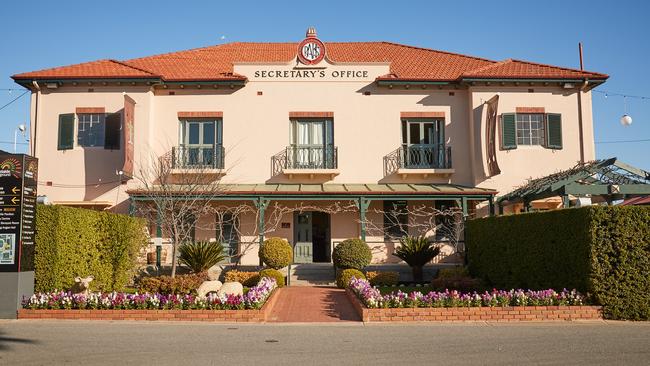
FACADE OF FORMER SANDS & MCDOUGALL BUILDING (1933)
62 King William St, Adelaide
MARTINDALE HALL WEAPONS/SPORTING/PICTORIAL/HERALDIC COLLECTIONS (Various)
1 Min Man Rd, Mintaro
CATHOLIC CHURCH OF THE HOLY NAME (1959)
80 Payneham Rd, Stepney
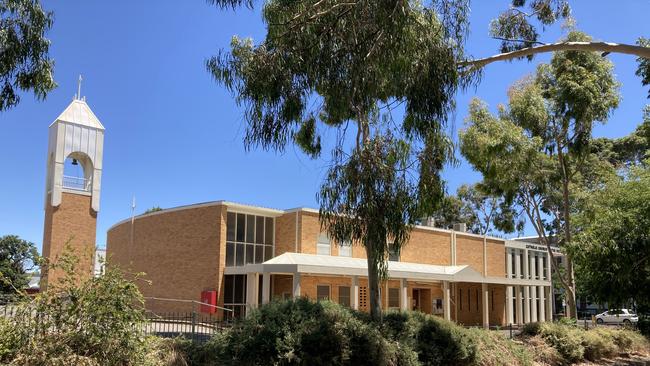
FORMER NORMANVILLE POLICE STATION (1855)
52-54 Main Rd, Normanville
MORPHETT FURNITURE COLLECTION, CUMMINS HOUSE (Various)
23 Sheoak Ave, Novar Gardens




